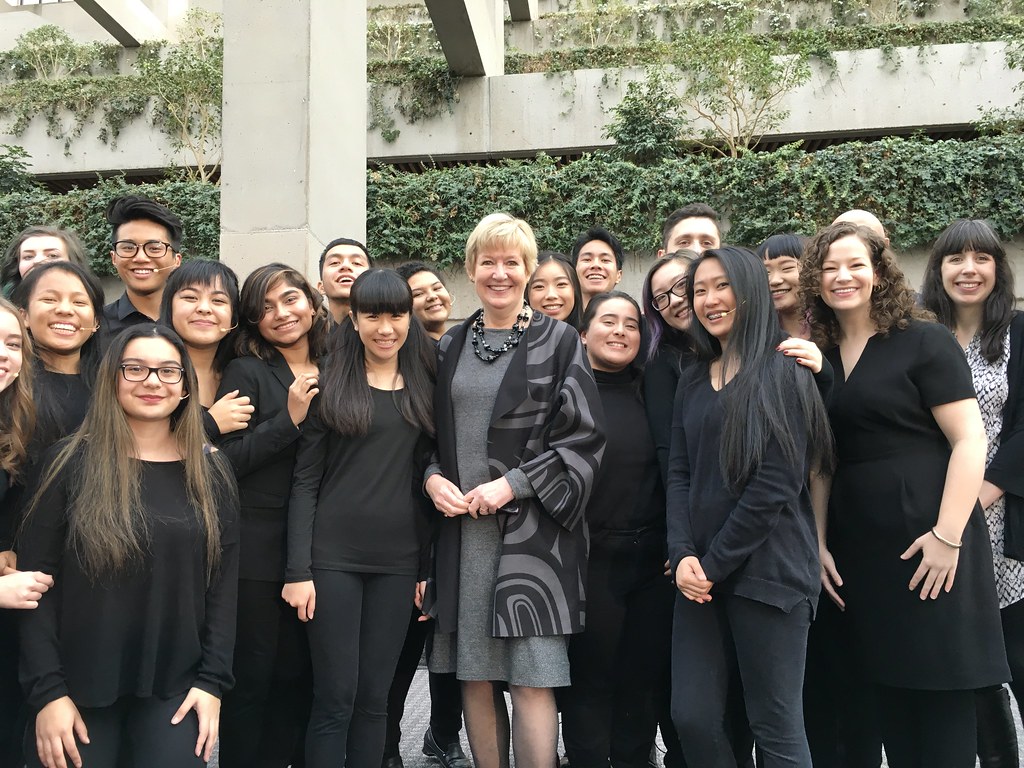Context:
Shompen, a Particularly Vulnerable Tribal Group (PVTG), residing in the dense tropical rainforests of Great Nicobar island, exercised their voting rights for the first time.
More on the news:
- Seven members of the Shompen tribe cast their votes in the Andaman and Nicobar Lok Sabha constituency.
- The total number of voters in the Union Territory (UT) is 3,15148, which includes 1,64,012 male, 1,51,132 female and four voters in the third gender category.
- The estimated population of the Shompen tribe, according to the 2011 Census data, stands at 229 individuals.
- This historic event serves as a testament to the ongoing efforts to ensure the rights and representation of marginalized groups in the democratic fabric of the nation.
Voter Turnout:

- Provisional figures indicate a 63.99% voter turnout in the elections, showcasing substantial participation.
- This turnout is slightly lower compared to the 65.09% recorded in the previous election cycle in 2019.
The Shompen Tribe
The Shompen are one of the Particularly Vulnerable Tribal Groups (PVTGs) residing in the dense rainforests of the Great Nicobar Island in India.
Habitat and Population:
- Primarily inhabit the interior rainforests of Great Nicobar, with an estimated population of around 229 according to 2011 census.
- Their nomadic lifestyle involves living in small groups and moving between forest camps for a few weeks or months.
Culture and Livelihood:
- Hunter-gatherers who rely on the forest for food, shelter, and medicine.
- The staple food is the pandanus fruit, called “larop” in their language.
- They practice a unique form of shifting cultivation and also hunt wild boar, pig, and other animals.
- Skillful craftspeople known for making bows, arrows, and intricate baskets.
- The Shompen are included in the “Development of PVTGs” scheme by the Ministry of Tribal Affairs.
Uniqueness:
- One of the least-studied indigenous communities in India.
- Their language, Shompen, is classified as a vulnerable language by UNESCO.
- Maintain a semi-nomadic lifestyle and have limited contact with the outside world.
Habitat:
The Shompen’s Great Nicobar Island habitat is a biological hotspot encompassed by the Great Nicobar Biosphere Reserve (established 2001). This reserve includes two National Parks: Campbell Bay (1996) known for mangroves and reefs, and Galathea (1996) known for rainforests and endemic wildlife. This ecosystem is crucial for endangered species and the Shompen’s way of life.
Particularly Vulnerable Tribal Groups (PVTGs)
- PVTGs represent the most vulnerable segments within tribal communities. In 1975, the Government of India (GoI), following the recommendation of the Dhebar Commission, established a distinct category for PVTGs.
- Initially, 52 groups were identified and designated as PVTGs. Subsequently, in 1993, an additional 23 groups were included in this category, bringing the total number of PVTGs to 75.
- Initially referred to as Primitive Tribal Groups (PTGs), the term was later revised to PVTGs in 2006.
They are considered more vulnerable than regular STs due to various factors like:
- Smaller populations
- Relatively isolated living conditions
- Lower literacy rates
- Limited access to basic amenities and infrastructure
- Weaker economic base
Number and Distribution:
- There are 75 identified PVTGs spread across 18 states and one Union Territory (Andaman & Nicobar Islands).
- Odisha has the highest number of PVTGs, followed by Andhra Pradesh and Maharashtra.
- The Andaman & Nicobar Islands have five PVTGs: Great Andamanese, Jarawa, Onge, Sentinelese, and Shompen.
- The PVTG of Sahariyas has the highest population whereas the PVTGs of Sentineles and Andamanese has a very small population.
Challenges in PVTG Development:
- Geographic remoteness and difficult terrain limit accessibility.Exploitation by middlemen and lack of market access for their produce.
- Lack of awareness about government schemes and benefits.
- Environmental degradation and resource depletion impacting their traditional livelihoods.

